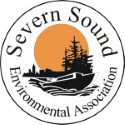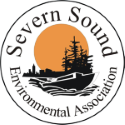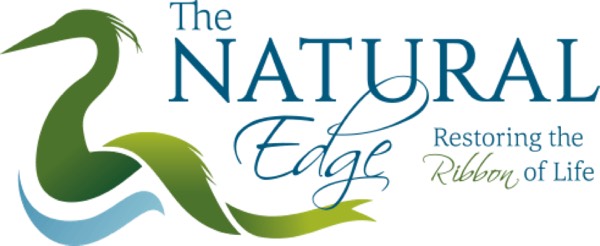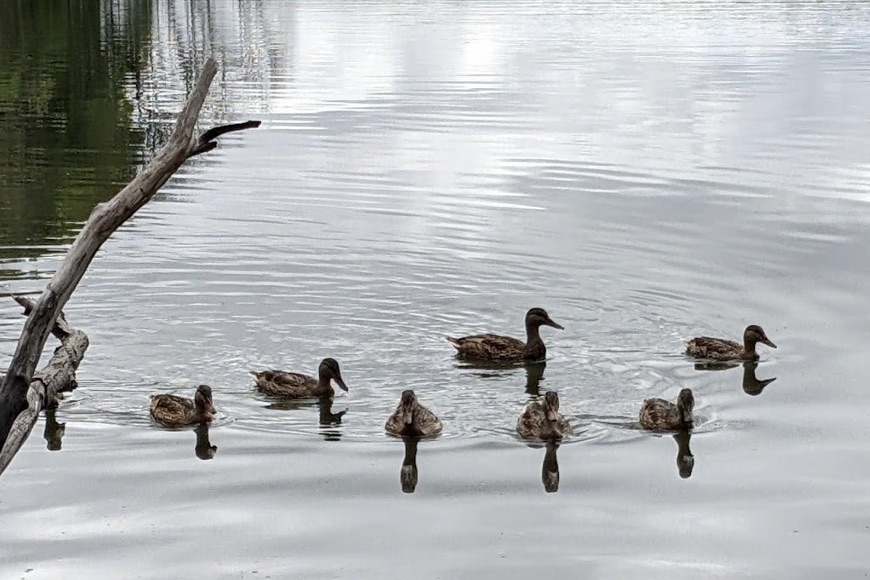Restore the shore
Why Are Shorelines Important?
The Severn Sound and Tiny Township shorelines, part of the Southeast Georgian Bay shoreline, encompass approximately 600 km of shoreline, not including small islands. There are also 8 inland lakes located within the Severn Sound and Tiny Township Watersheds. All of our region’s shorelines form a vital part of the natural heritage in our area. With the increasing pressure on our shorelines and the increasing incidence of nuisance and potentially toxic algae blooms, naturalized healthy shorelines and landscapes are critical to protecting water quality and ecological health. In response to these issues, Restore the Shore is a dedicated project aimed at preserving and restoring the natural state of shorelines in Severn Sound. By partnering with landowners, we strive to protect and enhance these habitats, ensuring the continued health and resilience of our watershed for future generations.
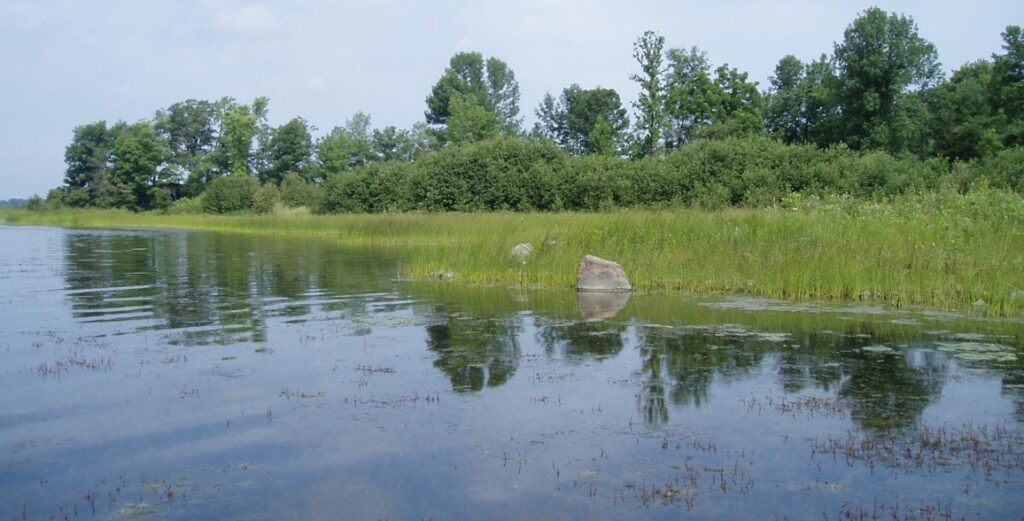
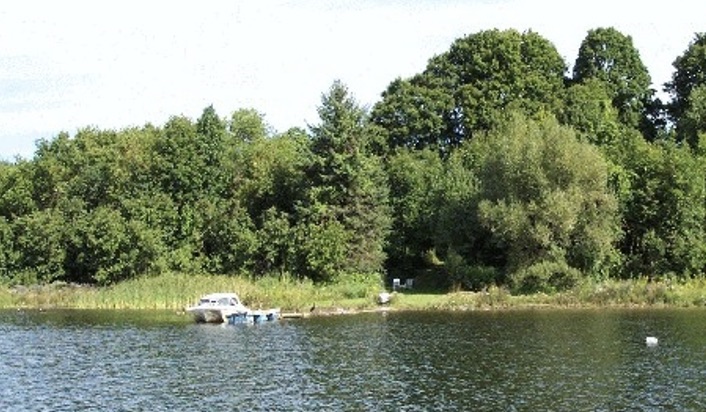
Shorelines are richly diverse ecosystems. They are essential habitats, supporting over 90% of aquatic species throughout their life cycles, providing important resources for food, shelter, breeding and nurturing grounds. By protecting your lake or riverfront shoreline with native plants that are the best adapted to your region, you can create natural buffers that help stabilize soil, protecting your property from erosion and reducing the impacts of flooding. Additionally, native plants enhance the resilience of shorelines against climate change impacts by protecting against erosion, improving water quality, filtering pollutants, and providing crucial habitat for diverse wildlife.
Shorelines are one of the most important ecosystems that affect the water quality of a lake or river, however they face constant threats from habitat loss and degradation, urbanization and development, pollution from nutrient runoff, and the impacts of climate change. These combined pressures endanger the health of our lakes and rivers, making them a priority for stewardship and restoration initiatives in the Severn Sound area.
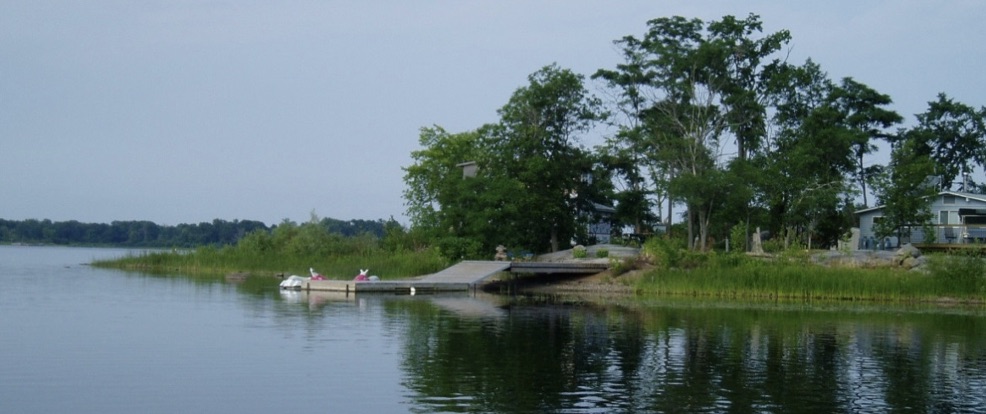
Restore The Shore
How Can You Restore Your Shore?
Are you a waterfront property owner on a lake or river in the Severn Sound watershed (see map below for project delivery area)? Do you love your lake/river and want to protect it by naturalizing the shoreline of your property? Sign up for our new project, Restore the Shore using the Natural Edge!
The Process
Contact SSEA office (register by june 1, 2024)
Our process begins with interested landowners reaching out to us.
Complete shoreline survey & application
Upon contact, we will send a shoreline self-assessment survey and application form to better understand your property needs and goals.
If Selected - schedule free site visit
If your property is selected, we will schedule a free site visit where our team will work with you to assess the shoreline and discuss potential planting plans.
If Approved - receive starter kit
Approved projects will receive a Restore the Shore x Natural Edge Starter Kit containing up to 50 native trees and plants (75% of the costs up to $300 covered by SSEA) and educational materials to create natural habitat along your shoreline.
Complete your project
As the landowner, you will undertake the planting based on your planting plan. SSEA are available for ongoing support and follow-up to ensure the success of your restoration efforts.
Project Details
With generous support from external grants and partners, Team SSEA in partnership with Watersheds Canada can help get you started! Our process begins with interested landowners reaching out to us. Upon contact, we will send a shoreline self-assessment survey and application form to better understand your property needs and goals. If your property is selected, we will schedule a free site visit where our team will work with you to assess the shoreline and discuss potential planting plans. Approved projects will receive a Restore the Shore x Natural Edge Starter Kit containing up to 50 native trees and plants (75% of the costs up to $300 covered by SSEA) and educational materials to create natural habitat along your shoreline.
The Restore the Shore x Natural Edge Starter Kit includes:
- Customized naturalization planting plan for your shoreline property
- Up to 50 native plants including trees, grasses, shrubs and wildflowers
- Coconut fibre pads to deter grass from growing around new tree plantings
- Tree guards for all deciduous trees
- Mulch for your wildflowers
- SSEA Native Pollinator Plants and Gardening for Pollinators Guides
-
Watersheds Canada resources, including:
- Plant Care Guide
- Habitat Creation Guide
- Wildflower Garden Guide
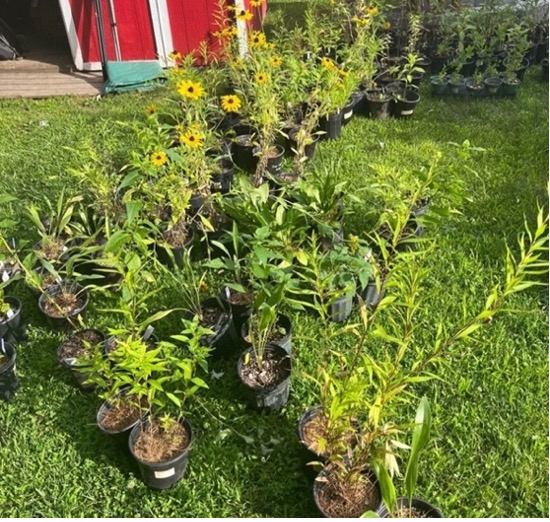
As the landowner, you will undertake the planting and SSEA will provide ongoing support and follow-up to ensure the success of your restoration efforts.
Please note that while SSEA is dedicated to providing support for your shoreline naturalization project, our assistance is limited to site visits, guidance, and provision of native plants. We do not engage in shoreline engineering or any related landscaping/construction activities. Our focus is solely on empowering landowners with the knowledge and resources needed to carry out their own planting projects. Landowners are responsible for any required Federal, Provincial and Municipal permits and or approvals.
The program will be offered on a first come, first serve basis. To sign up for Restore the Shore using the Natural Edge project, please contact SSEA at 705-534-7283 or sseainfo@severnsound.ca. Deadline for registration: June 1, 2024.
We gratefully acknowledge funding support for this project from the Huronia Community Foundation and Watersheds Canada.
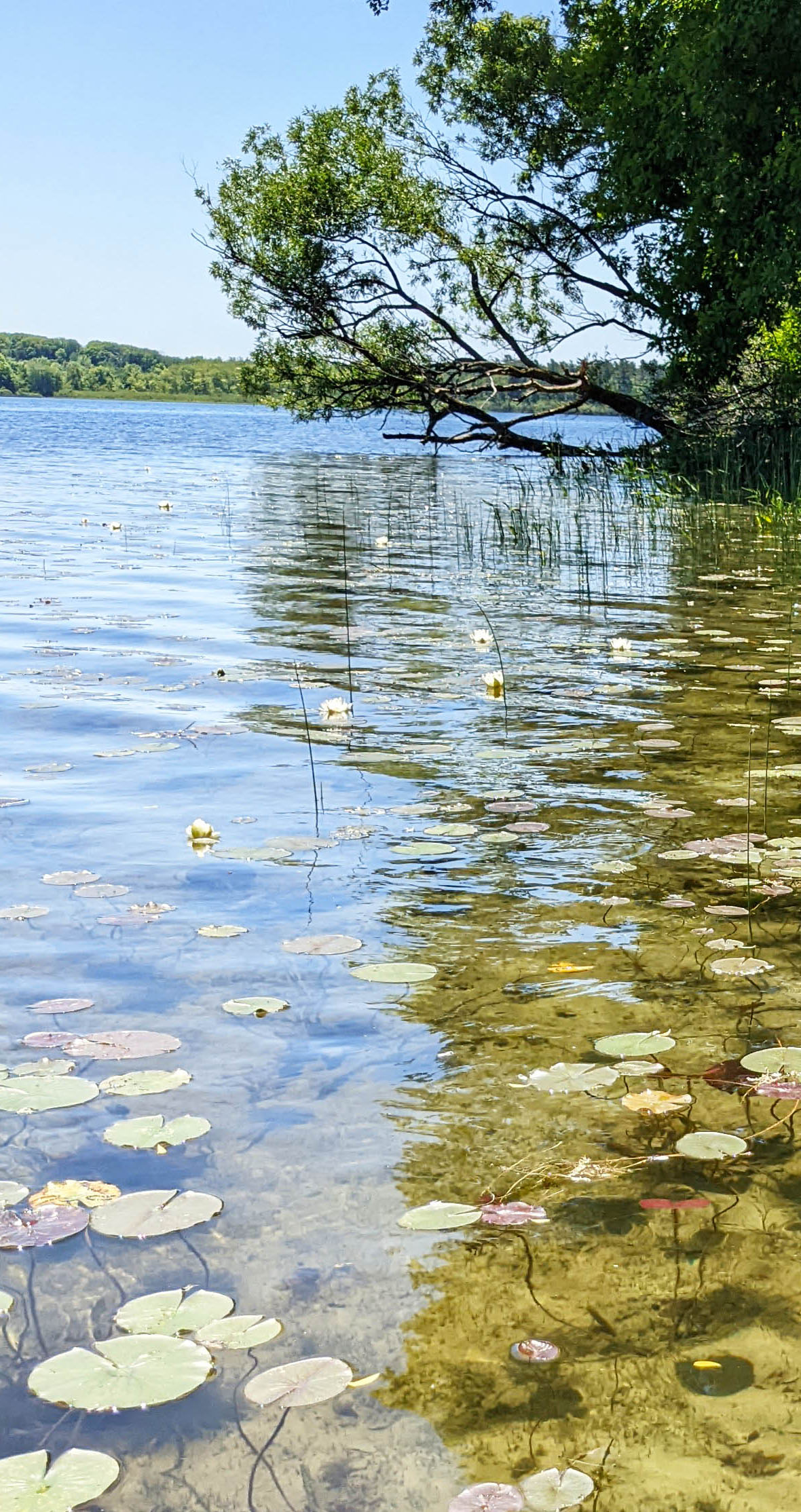
Note: The SSEA is non-regulatory with respect to shorelines and shoreline works. Permits or authorizations may be required from local, provincial and/or federal agencies, and/or design by coastal engineer etc. Individuals/property owners are responsible for ensuring that an activity being undertaken by them or for them does not contravene any applicable laws/legislation (e.g., Fisheries Act, Endangered Species Act, Migratory Birds Convention Act, Fish and Wildlife Conservation Act, etc.) or local regulations (e.g. shoreline/site-alteration By-laws, tree cutting/forest conservation By-laws) and are responsible for obtaining any required permits/clearances.
Why Maintain a Natural Shoreline?
- Shoreline vegetation improves water quality by trapping surface runoff, sediment, contaminants and excess nutrients before they enter the water. This can help reduce the risk of blue green algae blooms.
- Native plants anchor the soil and protect the shoreline by reducing erosion from wind, waves and ice.
- A natural shoreline provides valuable habitat for plants and wildlife and provides corridors for wildlife movement.
- A natural near-shore zone supports spawning and nursery areas for fish.
- Native aquatic and semi-aquatic plants provide habitat for a variety of beneficial wildlife, including frogs, dragonflies and insect-eating birds.
- Native plants are adapted to their environment and do not depend on chemical fertilizers or frequent watering to survive.
- Natural vegetation at the shoreline can deter nuisance geese, since they prefer to graze on mowed turf where they can see predators and they have easy access to water.
Natural Shorelines and Fluctuating Water Levels
Shoreline vegetation has a natural ability to adapt to changing water levels. Shoreline landowners can expect the extent of shoreline plants and coastal habitat to expand and contract over time, depending on lake levels and the slope and substrate of the nearshore.
Tips for a Natural Shoreline
On unaltered sites, preserving existing native vegetation is the best way of ensuring a healthy shoreline is maintained. On altered shorelines, replanting native vegetation and removing non-native species may be necessary to restore the shore to a natural condition.
The following are some general tips for creating and sustaining a healthy, natural shoreline:
- Establish and maintain a thickly vegetated, “no-mow, no-chemicals” buffer zone adjacent to the water’s edge to intercept runoff and provide habitat. Aim to maintain at least 75% of your shoreline frontage in a natural state.
• Preserve and encourage native natural shoreline vegetation in the nearshore zone. - During low water levels, leave newly exposed areas undisturbed rather than infilling or modifying them, so that the habitat is available to plants, fish and wildlife when water levels rise again.
- Plan for a natural shoreline when building: maintain existing shoreline vegetation, and ensure buildings are appropriately set back from the shoreline.
- Minimize or eliminate impervious surfaces on your property: use woodchips, gravel or interlocking bricks that allow rainwater to infiltrate into the ground instead of running off over the ground.
- Design water access and docks to limit negative impacts on the shoreline. Floating, cantilever or post-supported docks are a good choice because they do not disturb the lake bottom or restrict the movement of water near the shore. Use environmentally-friendly building materials (e.g. untreated cedar or hemlock, plastic barrel floats free of chemicals) for any structures in the water.
- Keep your lot well treed: if a tree is interfering with your view, selectively prune branches rather than remove the whole tree.
- Maintain your septic system: pump out your septic tank regularly (every 2 to 3 years) and extend the life of your system by minimizing water consumption and avoiding septic tank additives.
- Use phosphorus-free, non-toxic soaps, detergents and cleaners in and around your home.
- Avoid using chemicals near the water. Not even ‘biodegradable’ soap should enter the water directly – it is only biodegradable on land since it requires soil micro-organisms to break down.
- Refuel your boat carefully to avoid gas spills.
- Watch your boat’s wake – it can cause shoreline erosion and destroy fish and wildlife habitat.
- Learn to identify invasive plants and animals to prevent their spread.
- Do not blow or rake leaves or other yard waste into the water if you live on a lakefront or riverfront property. While natural in small, dispersed amounts, large concentrated amounts of yard waste can smother fish and invertebrate habitat, covering up eggs, nesting sites and nursery habitat. Bag your yard waste for collection, or better yet, use it as mulch or compost on your property.


